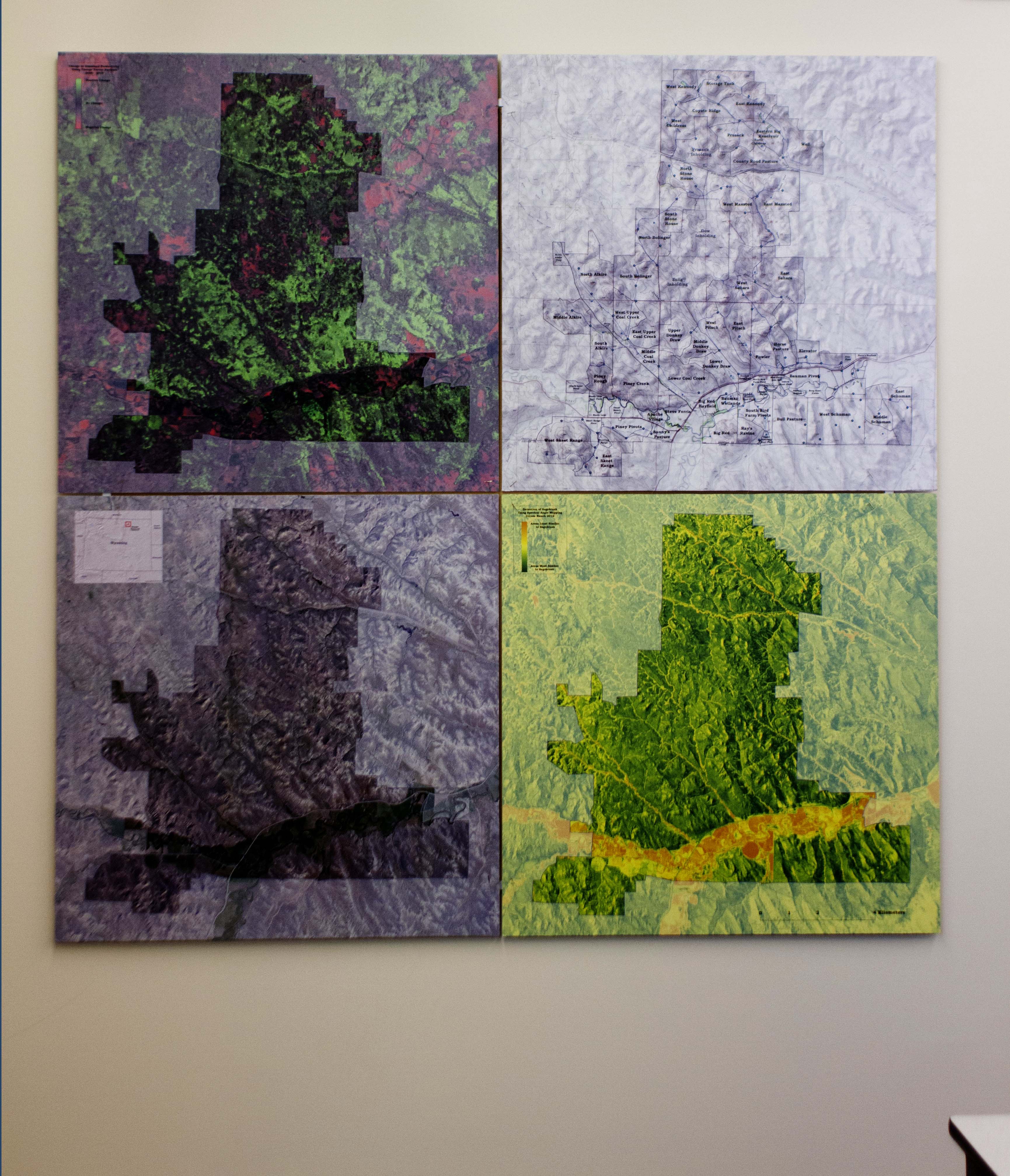
Science and art interact in a multidimensional exhibition which opened in Kroon Hall last Friday.
“Ucross: A Portrait in Place” was born out of a collaboration between ecologists from the School of Forestry & Environmental Studies and artists from the University of New Mexico’s “Land Arts of the American West” program. Featuring pieces by six artists from the Land Arts program and Charlie Bettigole, the program director of the Ucross High Plains Stewardship Initiative — an F&ES research program that explores issues of land stewardship in the American West — the show explores various social and environmental issues. The works all center on the theme of Ucross, a 22,000-acre cattle and sheep ranch in Wyoming that seeks to introduce individuals to the “land, people and ethos” of the western United States through its residencies for artists, writers and composers.
“It is a great convergence of scientific and creative thinking,” Sharon Dynak, president of the Ucross Foundation, said. “People are thinking a little more deeply about what it means to inhabit a place, and the more we think about the intersection of scientists and artists, the more solutions we find.”
Bettigole said the exhibition was the result of a chance encounter between F&ES students, who were spending the summer at the Ucross Foundation’s ranch, and a group of faculty and alumni of the University of New Mexico’s Lands Arts program, who were on a two-week retreat to the site. Both groups noticed similarities between their processes of data collection and field observation, Bettigole explained, and the two parties initiated a formal partnership the following year.
Among the works on display in the exhibition is “Without Soil There is No Color,” an installation that incorporates video as well as soil samples collected from different sites in the American West. The fruit of a collaboration between Bettigole and Jeanette Hart-Mann, the co-director of the Land Arts of the American West program, the work is a “dynamic exposition of the world,” Hart-Mann explained, noting that it underlines the way soil is usually taken for granted. Hart-Mann described the process of creating the piece, which included hikes with Bettigole to different sites to collect samples and record videos.
“Terrestrial/Celestial Navigations,” another piece in the show, is the work of Bill Gilbert, director of the Land Arts program. Gilbert explained that he used constellations to record the complex interactions between plants, place and the stars, taking a series of “transect walks” that followed the paths of specific constellations to understand their relationship with particular sites.
“We hope that visitors can see the pieces not just as a scientist asking for help to make their maps ‘more artistic,’ or for an artist needing help identifying a species of grass,” Bettigole said. “Rather, [these are] pieces where both artists and scientists came together to make something more powerful than either could on their own.”
The Ucross Foundation was founded in 1981 by Raymond Plank ’44.







